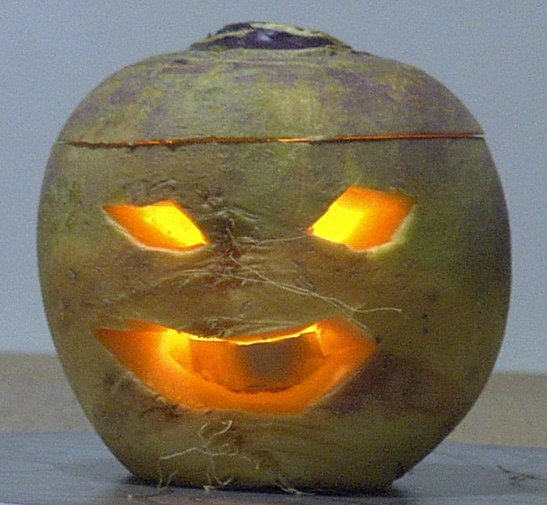Niu glyphs are located at the beginning of calendars for the year, but in the middle of 'calendars' for the week. Once upon a time the solar year began with what now is the 2nd quarter, the season when light grows quickly. It was interpreted as the magic work of a 'watery snake' ('worm', 'eel' etc). The idea was based on the concept of two 'years' - 'winter' and 'summer' (i.e. 'sea' and 'land'). The 'watery snake' (Rigi, Tuna roa, etc) becomes active around spring equinox and dies at midsummer, having completed the mighty work of lifting up the sky ('upper shell') to let in the light. According to the model 'sea and land', spring equinox must correspond to the swirling water close to the beach, where only slithery creatures can survive. Mercury (quick-silver) is the 'watery snake'. The Inuit people, therefore, probably were identifying 'The Entrail Snatcher' with Mercury - entrails are like a heap of worms (or seaweed, or the orbit of Mercury). Niu means coconut palm, the nut of which is like a human death skull (coco). 'Winter' dies around spring equinox and the dead skull in some mysterious way is necessary to generate the new life. It must be planted in the 'earth' (Hina in the myths about Tuna roa). We can see the ghostly spokes of the old year at the top of the niu glyph and in the coal sack below imagine the glowing growth of new fire.
(Turnip lantern according to Wikipedia) |
